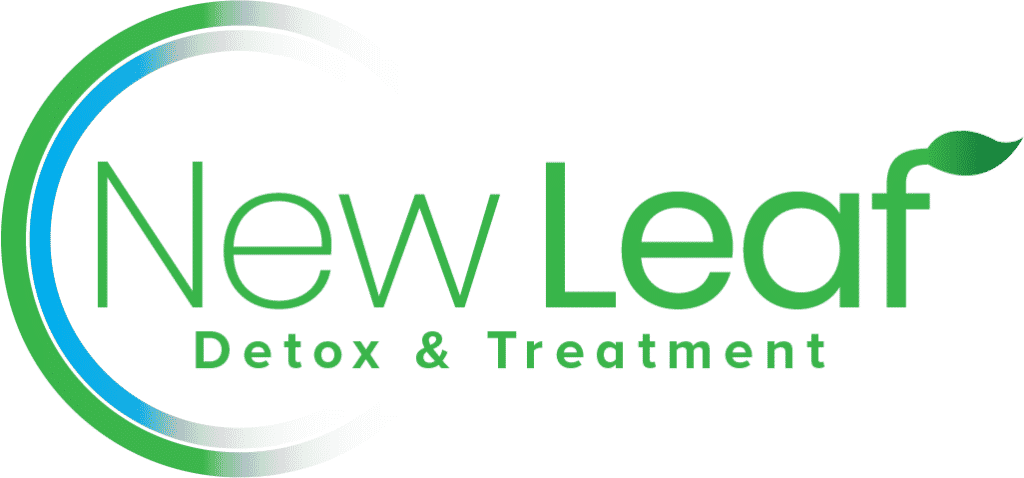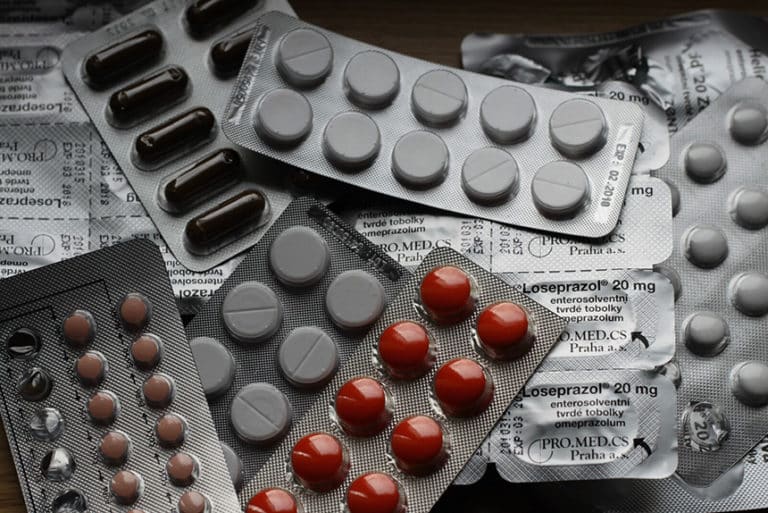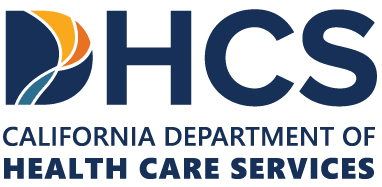Drug addiction is more complicated than you think. Drug use kills 11.8 million people every year. The United States has the second-highest death rate from drug addiction of all countries in the world.
There are many reasons for these high numbers. One is cross addiction. Someone may receive help for one substance, only to fall victim to another.
What exactly is cross addiction? What causes it and how does it compare to dual diagnosis? How can someone prevent it and seek help for it?
Answer these questions and you can keep yourself safe from addictive substances. Here is your quick guide.
The Basics of Cross Addiction
A person who has two addictive disorders at the same time has a cross addiction. It does not matter what substances they are on.
The term can also apply to someone with substance and non-substance addictions. A person addicted to marijuana and sex has a cross addiction.
Cross addiction can occur in several different ways. Someone may start abusing a substance while they are trying to recover from another addiction. Someone addicted to heroin may use prescription painkillers since they create similar effects.
Someone may have recovered from an addiction. They then substitute another substance to deal with stress or physical pain. This counts as a cross addiction, as it shows that the person has not managed their pre-existing substance abuse.
Potential Causes
Some scientists dispute the existence of cross addiction. A 2014 study found that people in treatment for a drug use disorder were less likely than those not in treatment to develop a new disorder.
But it did not find that the opposite was the case. The evidence that suggests having one disorder will lead to another is largely anecdotal. Nonetheless, the stories of people with addiction suggest that cross addiction is possible.
Scientists have suggested a few possible causes for cross addiction. The brain contains receptors that intake a compound called dopamine.
Dopamine floods the brain with pleasure and euphoria. When you are having a good time, dopamine is streaming through your brain cells. Drugs can facilitate dopamine production and alter the receptors.
The receptors cannot tell the difference between the dopamine that one drug produces and another drug produces. A person who wants to feel pleasure may use a second drug to get those feelings.
Someone’s genes and environment can impact their tendency for addiction. Studies of families have found that half of a person’s risk for addiction comes from genes. Communities that provide after-school activities have less drug use than ones that do not.
Even if someone goes to rehab, these factors can remain in place. They can drive them back to substance abuse.
The Differences Between Cross Addiction and Dual Diagnosis
You may have heard the term, “dual diagnosis.” It is not interchangeable with cross addiction.
Dual diagnosis occurs when a person has a substance use disorder and a mental health disorder. They may be addicted to marijuana and suffer from depression. The two may be related to each other, or they may arise by coincidence.
A cross addiction may not entail a mental health disorder. Nearly all people with dual diagnoses have one substance use disorder.
It is possible to have multiple substance use issues and a mental health problem. Someone with depression may abuse prescription drugs and marijuana to cope with their symptoms, but this is rare.
How to Prevent Multiple Addictions
Someone with a substance use problem can avoid developing a second disorder. They should be careful when using prescription drugs, especially stimulants and narcotics.
People with a history of substance abuse can take painkillers after surgery or an accident. But they should talk to their doctor about finding ones that are less addictive.
Their doctor may recommend that they take no drugs whatsoever. They can manage their pain through physical therapy and other measures.
Everyone who has a previous history of addiction should avoid mood-altering drugs and alcohol. This includes people who did not abuse these substances.
They should avoid pharmacies, bars, and social situations where people use drugs. If they must go to a pharmacy, they should plan out what they are going to do. Writing down a checklist can focus a person’s mind and keep them from thinking of substance abuse.
Cross Addiction Recovery
Anyone with a cross addiction can recover from it. They should seek help immediately, especially from a medical professional. If they are not comfortable speaking to their doctor, they can reach a help group online.
Checking into an inpatient facility may be necessary. Medical professionals monitor the health and progress of the people who are living with them.
They can engage in therapy that gets to the root causes of their addictions, including environmental ones. Psychotherapy sessions allow individuals to appreciate the false thoughts that cause them to use substances. They can overcome those thoughts and focus their minds on new ones.
Once someone has concluded inpatient treatment, they can pursue measures like sober living. Sober living gives them a drug-free space that they can live in. It is a good option for someone who has environmental factors for their substance abuse.
Go and Get Some Help
Cross addiction is tricky. When a person is addicted to two substances at once, they have a cross addiction.
It can come from many different factors, including a person’s environment. It is different from dual diagnosis, which relates to mental health.
A person with a substance abuse issue can avoid a second issue. They should refrain from powerful medications and alcohol.
Anyone who develops a cross addiction should go to rehab for help. They can engage in therapy and transition to sober living.
Head out as soon as possible. New Leaf Detox & Treatment serves Orange County. Contact us today.



